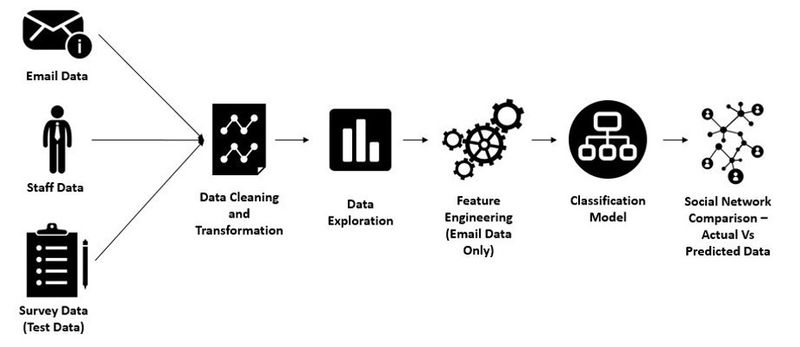Difference between revisions of "APA Project Overview"
(Change Proj Overview's navi. bar) |
Aayushg.2013 (talk | contribs) |
||
| (One intermediate revision by one other user not shown) | |||
| Line 5: | Line 5: | ||
<font face="Century Gothic"> | <font face="Century Gothic"> | ||
{| style="background-color:#FFFFFF; color:#66ffcc padding: 5px 0 0 0;" width="100%" cellspacing="0" cellpadding="0" valign="top" border="0" | | {| style="background-color:#FFFFFF; color:#66ffcc padding: 5px 0 0 0;" width="100%" cellspacing="0" cellpadding="0" valign="top" border="0" | | ||
| − | | style="padding:0.3em; font-family:Helvetica; font-size:120%; border-bottom:2px solid #66ffcc; border-top:2px solid #66ffcc; border-left:2px solid #66ffcc; background:# | + | | style="padding:0.3em; font-family:Helvetica; font-size:120%; border-bottom:2px solid #66ffcc; border-top:2px solid #66ffcc; border-left:2px solid #66ffcc; background:#66ffcc; text-align:center;" width="8%" | |
| − | [https://wiki.smu.edu.sg/ANLY482/ANLY482_AY2016-17_T2_Group17 <font face ="Century Gothic" color="# | + | [https://wiki.smu.edu.sg/ANLY482/ANLY482_AY2016-17_T2_Group17 <font face ="Century Gothic" color="#000000"><strong>HOME</strong></font>] |
| style="border-bottom:2px solid #66ffcc; border-top:2px solid #66ffcc; background:#66ffcc;" width="1%" | | | style="border-bottom:2px solid #66ffcc; border-top:2px solid #66ffcc; background:#66ffcc;" width="1%" | | ||
| − | | style="padding:0.3em; font-family:Helvetica; font-size:120%; border-bottom:2px solid #66ffcc; border-top:2px solid #66ffcc; background:# | + | | style="padding:0.3em; font-family:Helvetica; font-size:120%; border-bottom:2px solid #66ffcc; border-top:2px solid #66ffcc; background:#ffffff; text-align:center;" width="15%" | |
| − | [[APA_Project Overview|<font face ="Century Gothic" color="# | + | [[APA_Project Overview|<font face ="Century Gothic" color="#66ffcc"><strong> PROJECT OVERVIEW</strong></font>]] |
| style="border-bottom:2px solid #66ffcc; border-top:2px solid #66ffcc; background:#66ffcc;" width="1%" | | | style="border-bottom:2px solid #66ffcc; border-top:2px solid #66ffcc; background:#66ffcc;" width="1%" | | ||
| style="padding:0.3em; font-family:Helvetica; font-size:120%; border-bottom:2px solid #66ffcc; border-top:2px solid #66ffcc; background:#66ffcc; text-align:center;" width="12%" | | | style="padding:0.3em; font-family:Helvetica; font-size:120%; border-bottom:2px solid #66ffcc; border-top:2px solid #66ffcc; background:#66ffcc; text-align:center;" width="12%" | | ||
| Line 143: | Line 143: | ||
</center> | </center> | ||
</p> | </p> | ||
| + | |||
| + | {|style="width:100%;vertical-align:top;margin-top:20px;" | ||
| + | |- | ||
| + | |style="vertical-align:top;width:30%;" | <div style="background: #10d0e5; padding: 13px; font-weight: bold; text-align:center; line-height: wrap_content; text-indent: 20px;font-size:20px; font-family:helvetica"> <font color= #ffffff>Conclusion</font></div><br/> | ||
| + | |||
| + | Email data is not a strong representative for Work Network when divided into multiple relationship strength segments. However, it is a good representation of Work Network when divided into only two relationship strength segments. | ||
| + | By just using email data to predict work relation strengths, companies can save large amounts of time, manpower and money spent on survey analysis to retrieve similar data. Further, it is possible to update the analysis is real time by changing the dates of the email data. | ||
| + | <br> | ||
| + | |||
| + | {|style="width:100%;vertical-align:top;margin-top:20px;" | ||
| + | |- | ||
| + | |style="vertical-align:top;width:30%;" | <div style="background: #10d0e5; padding: 13px; font-weight: bold; text-align:center; line-height: wrap_content; text-indent: 20px;font-size:20px; font-family:helvetica"> <font color= #ffffff>Limitation</font></div><br/> | ||
| + | |||
| + | The whole analysis has been done on email subject lines and distribution of the emails. However, the highest quality of information is present in the body of the emails. We didn’t have access to the email bodies which is the biggest limitation of the study. Future work should focus on deeper text mining on the email body to quantify a more accurate representation of work related emails. This could play a huge factor in differentiating work relationships between any two employees. | ||
Latest revision as of 23:27, 23 April 2017
Motivation And Project Overview
Human Resource Analytics is the idea of using data in the organizational context to understand different factors about employees such as their degree of collaboration and influence. Known researcher Rob Cross has also said “Organizational Network Analysis provides a powerful means of making invisible patterns of information flow and collaboration, visible.” These factors are generally computed based on various sets of data that are primarily collected via pulse surveys. The data collection process is slow because pulse surveys must be distributed at regular intervals to receive updated insights. However, this is not a viable option as it is not only a repetitive process but also makes it difficult for managers to view real-time insights.
|

